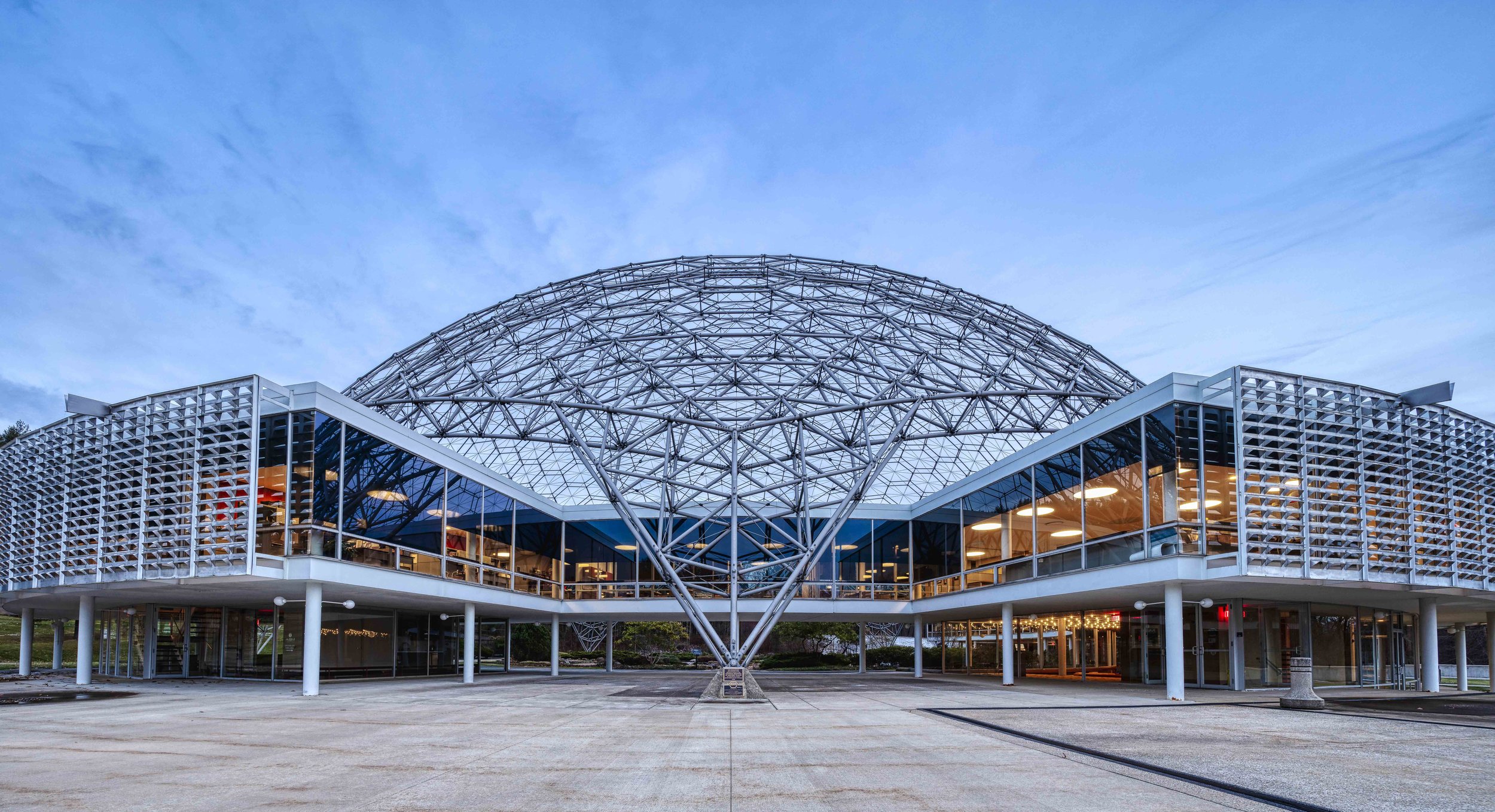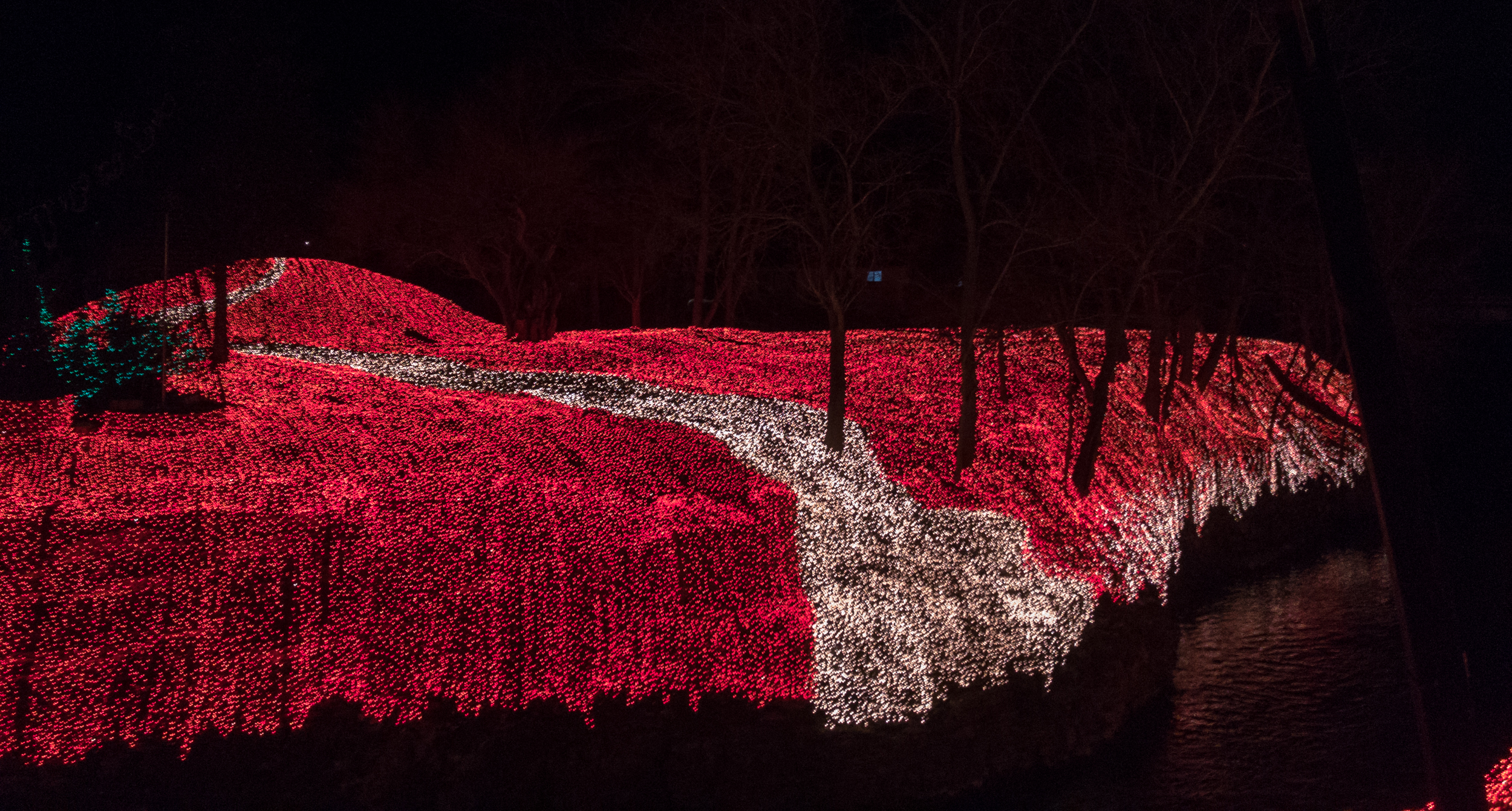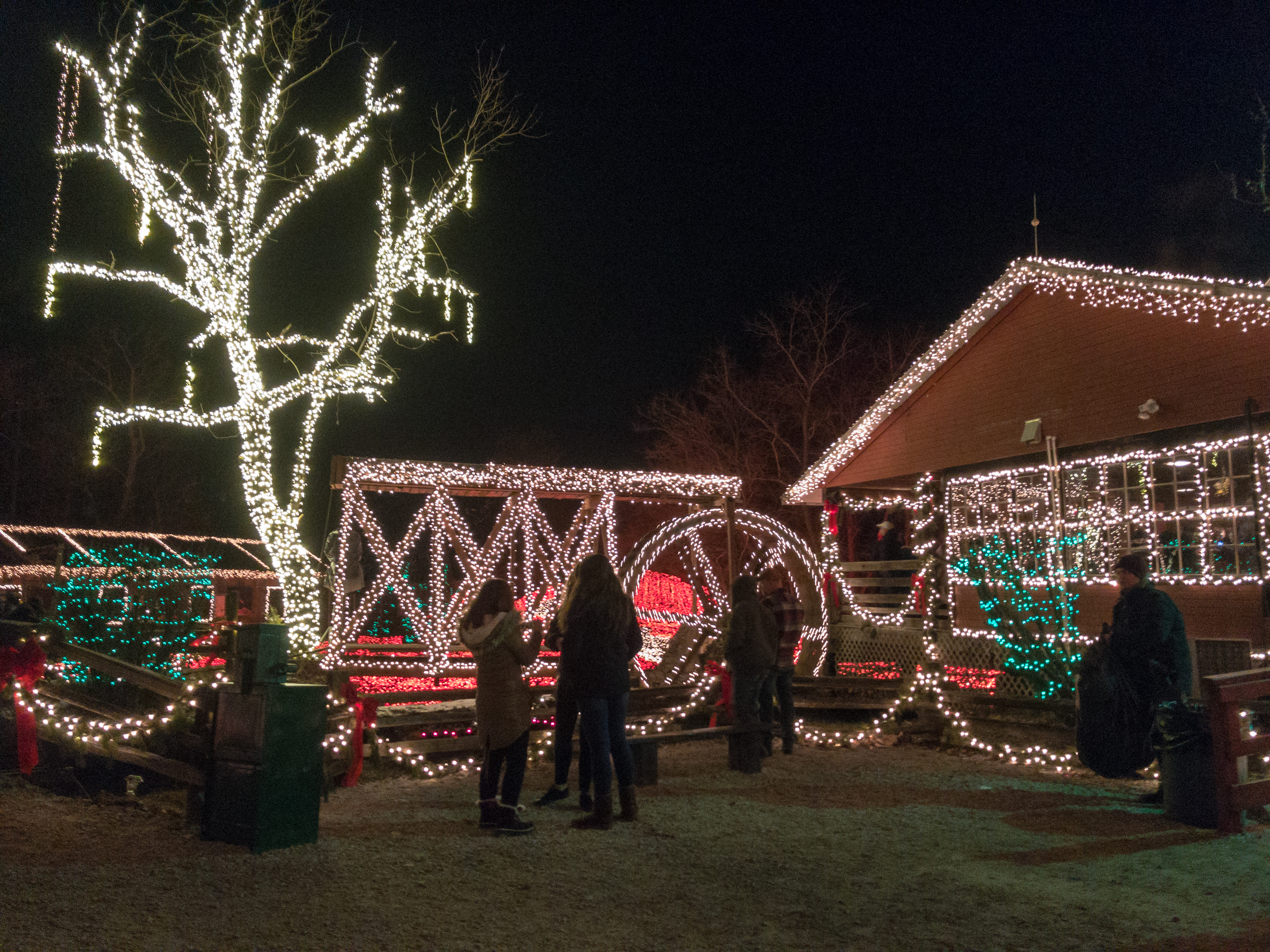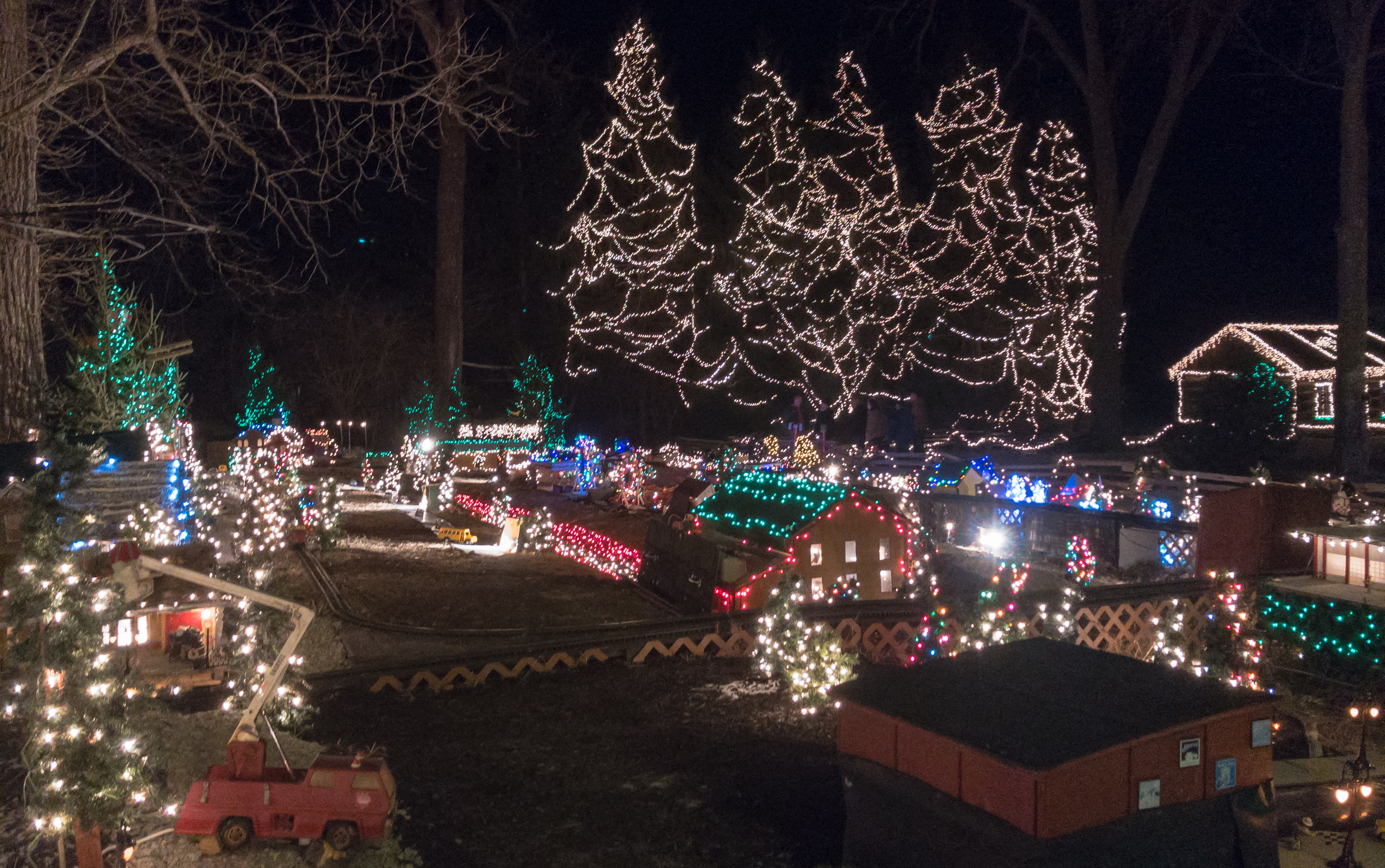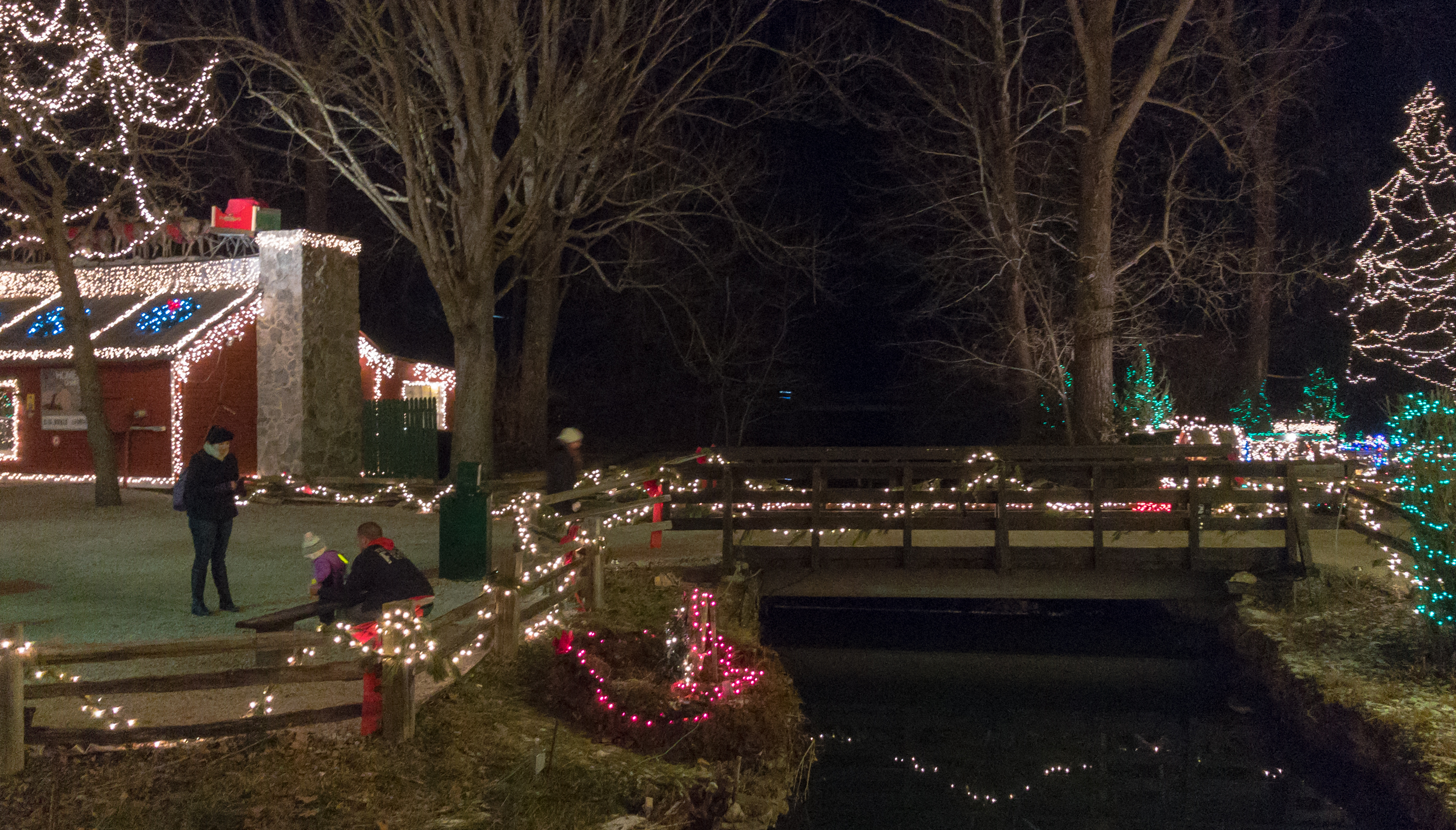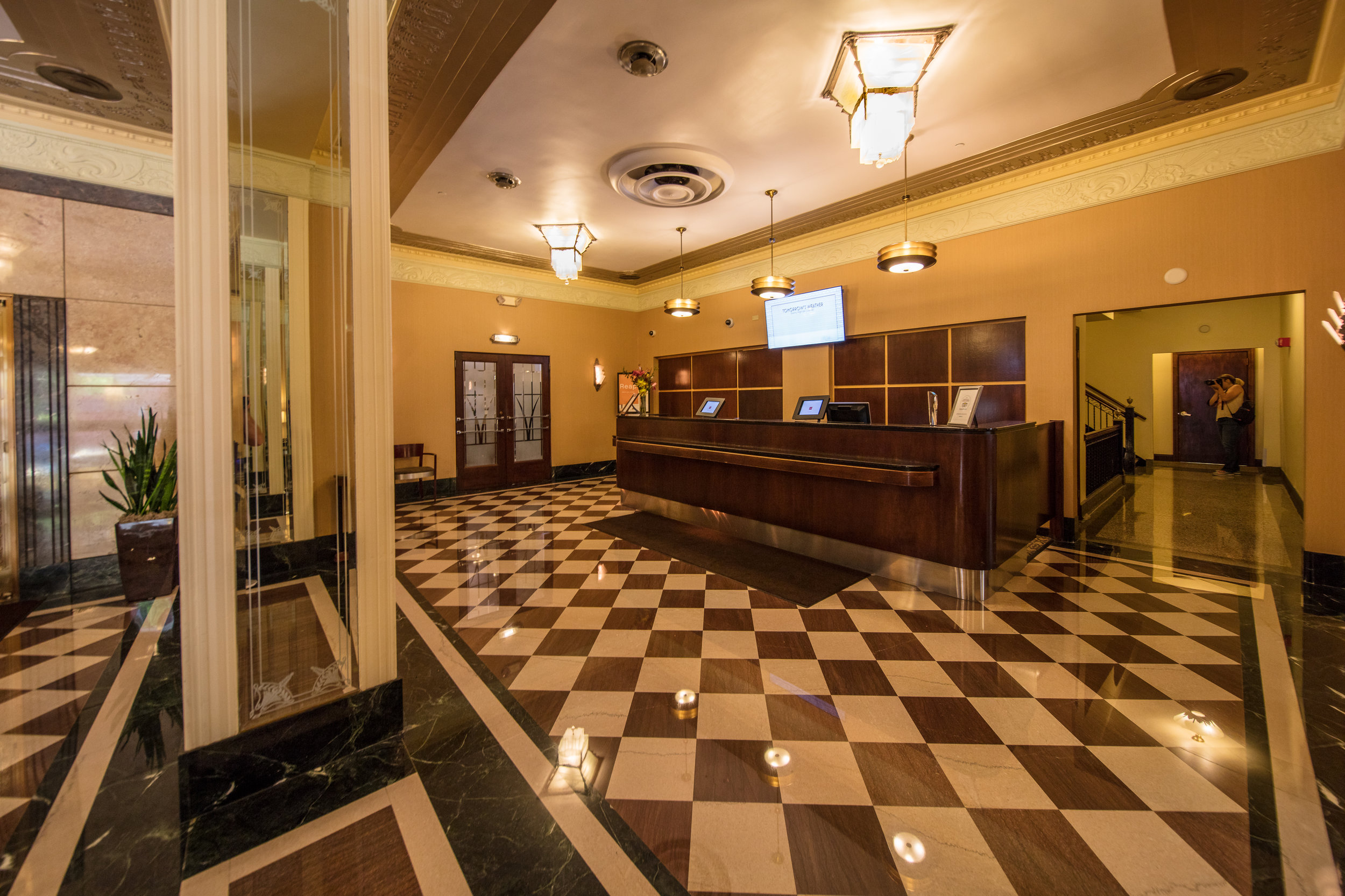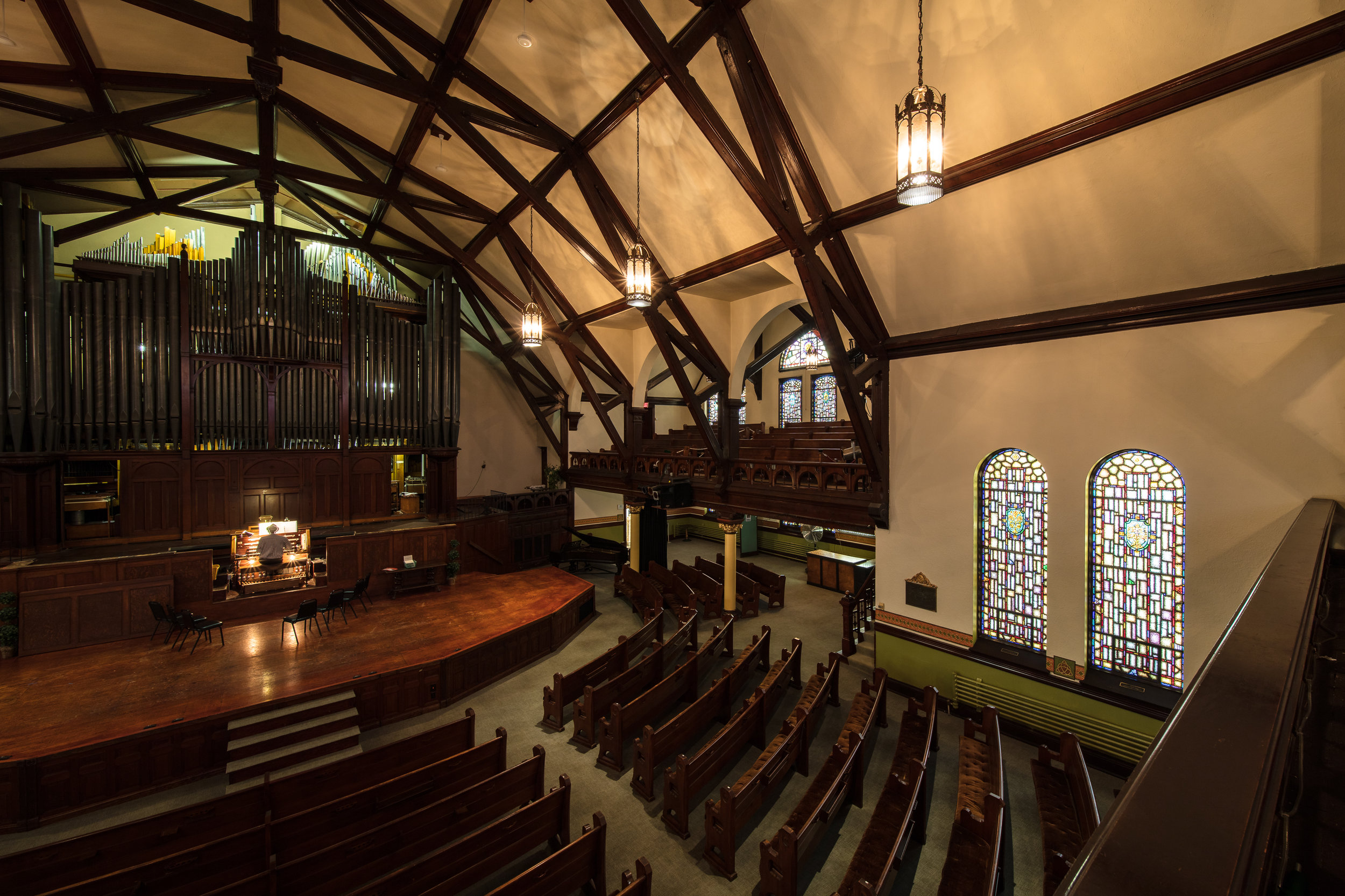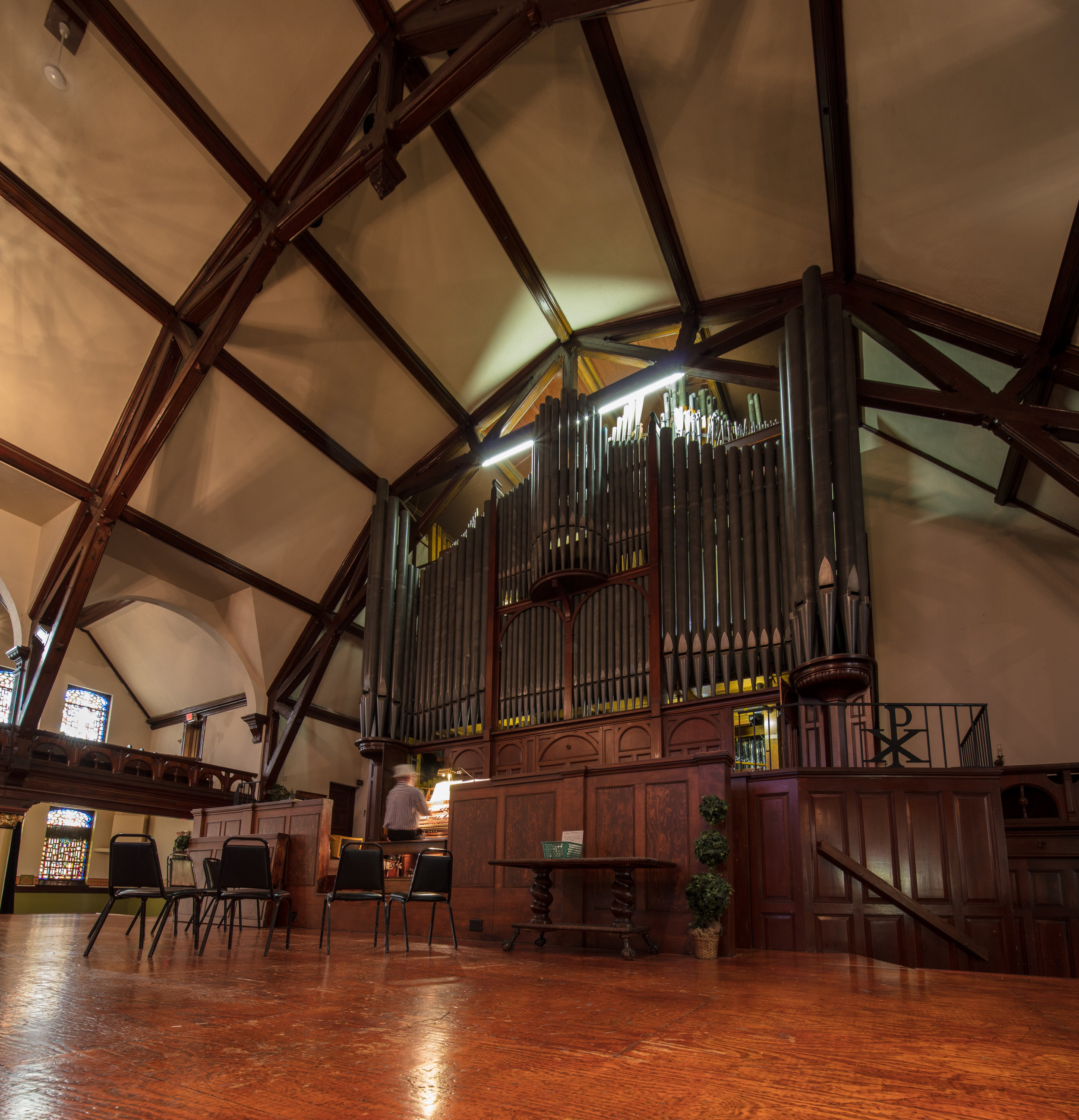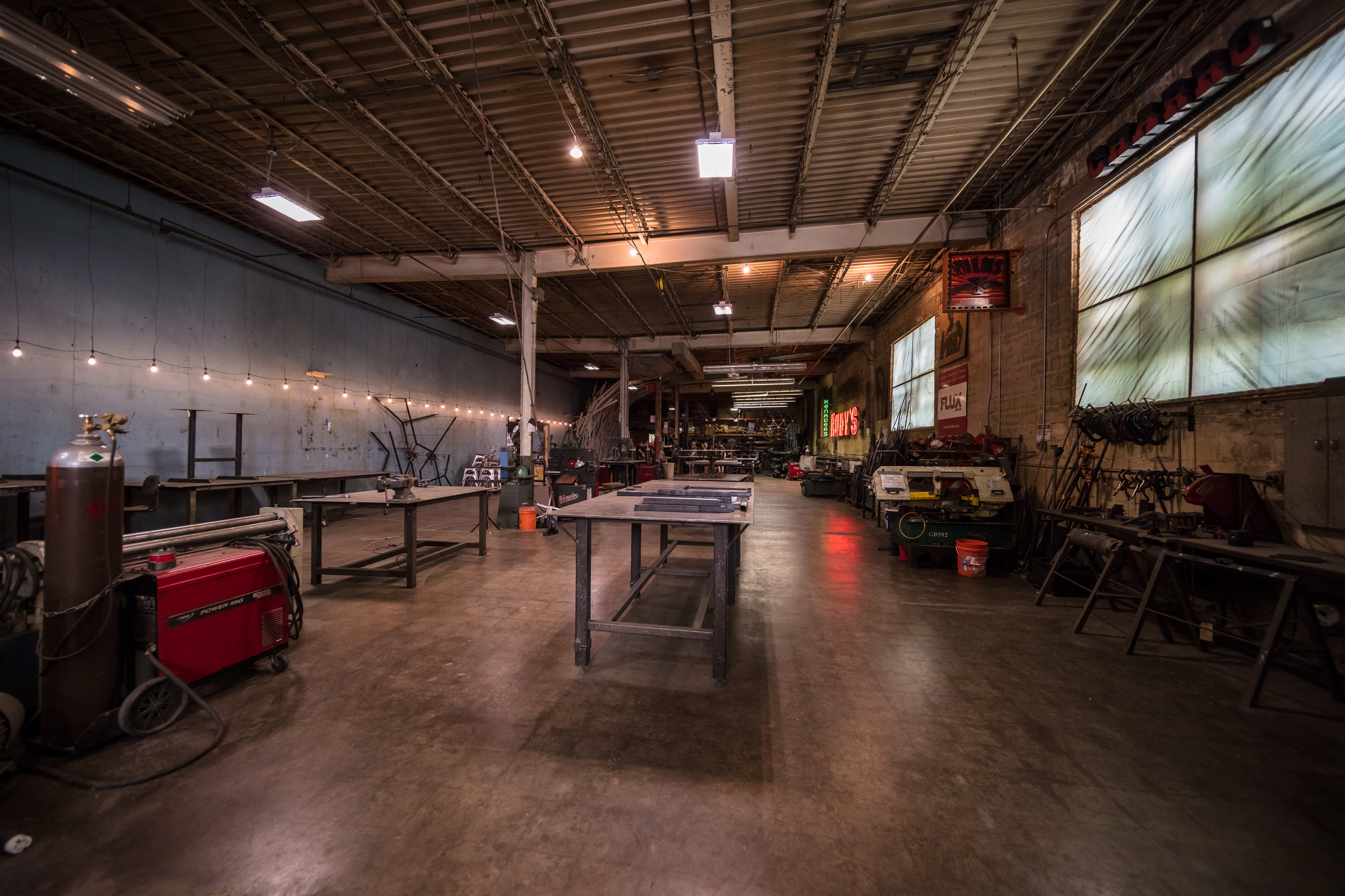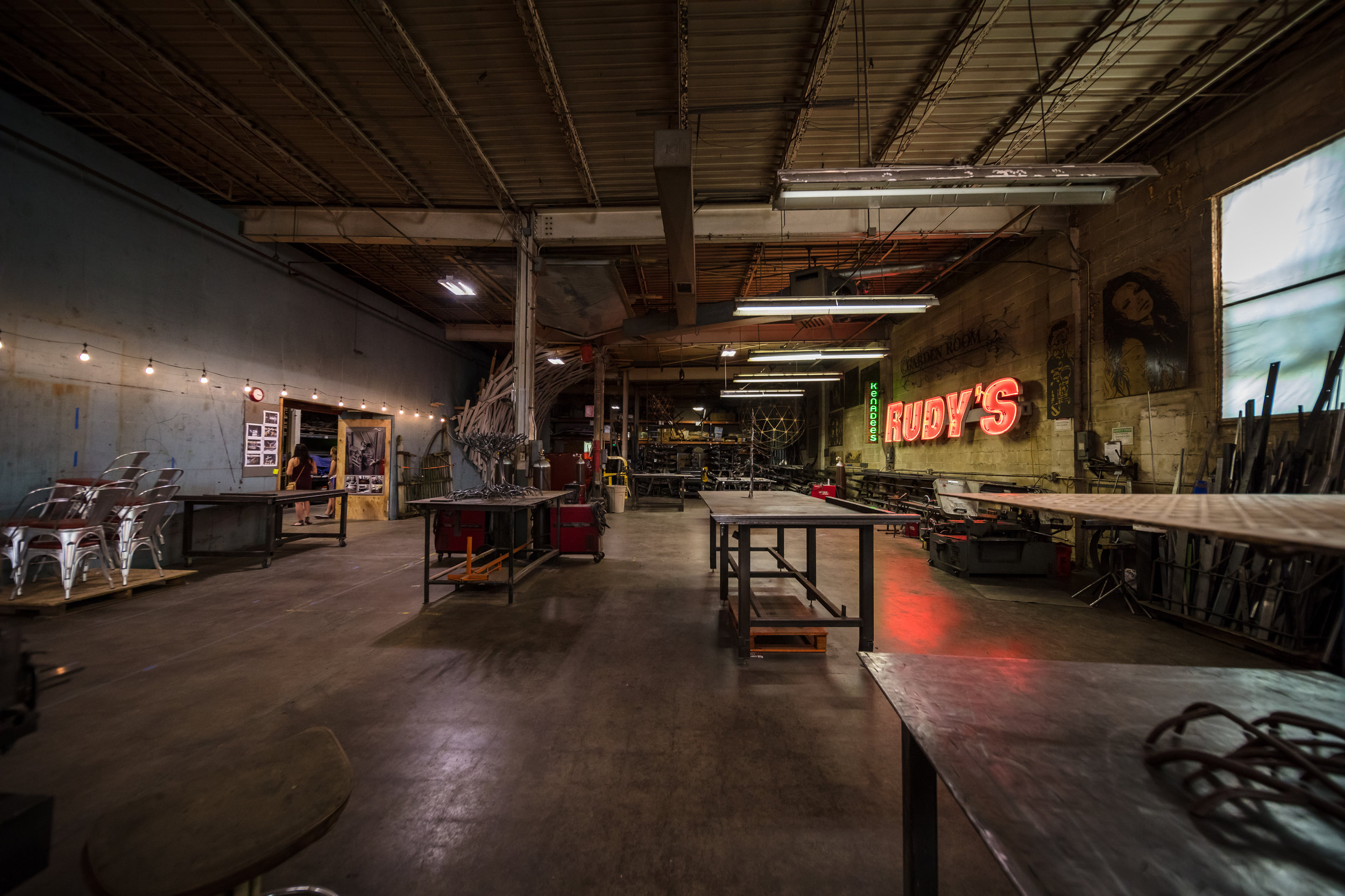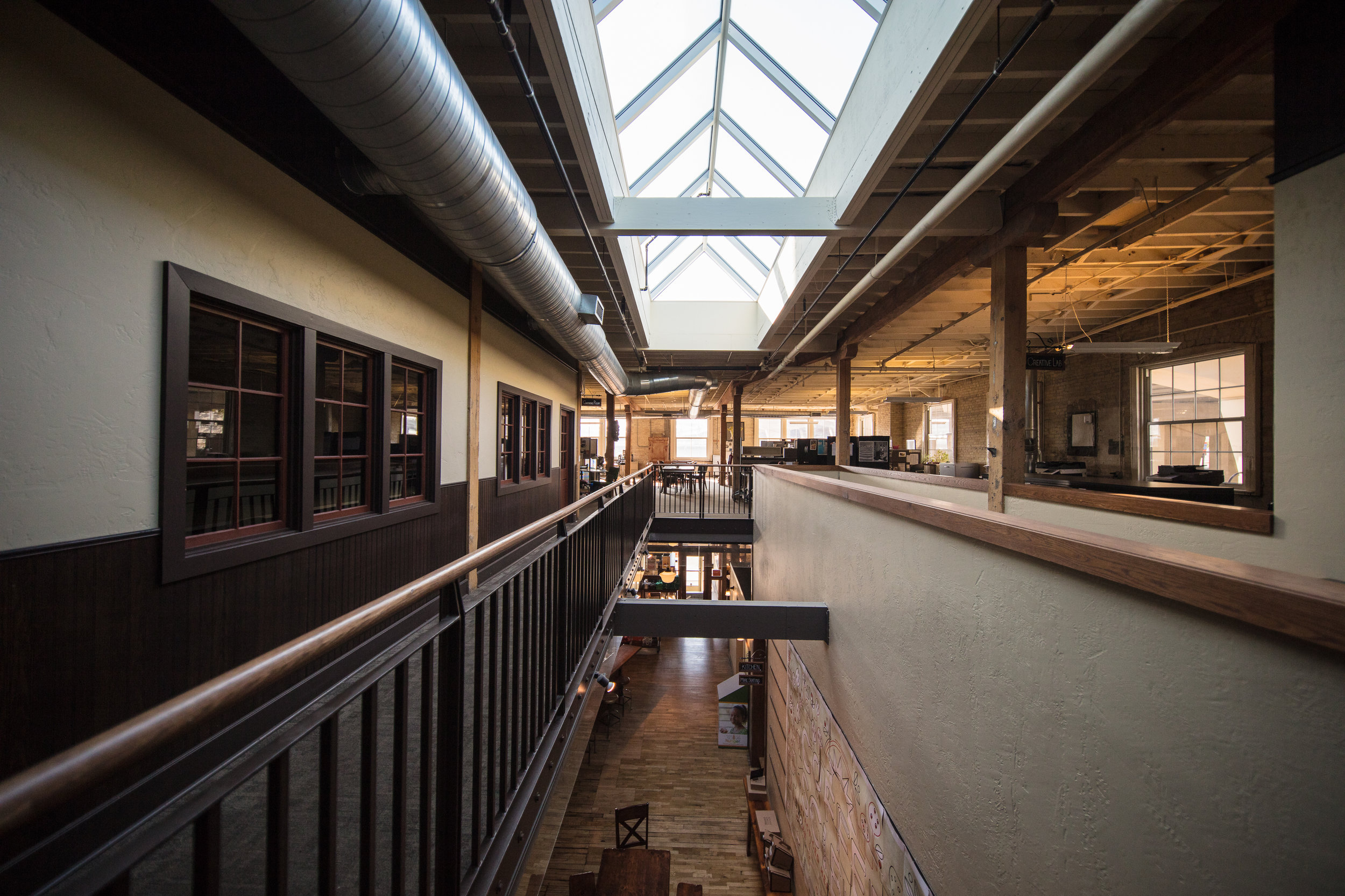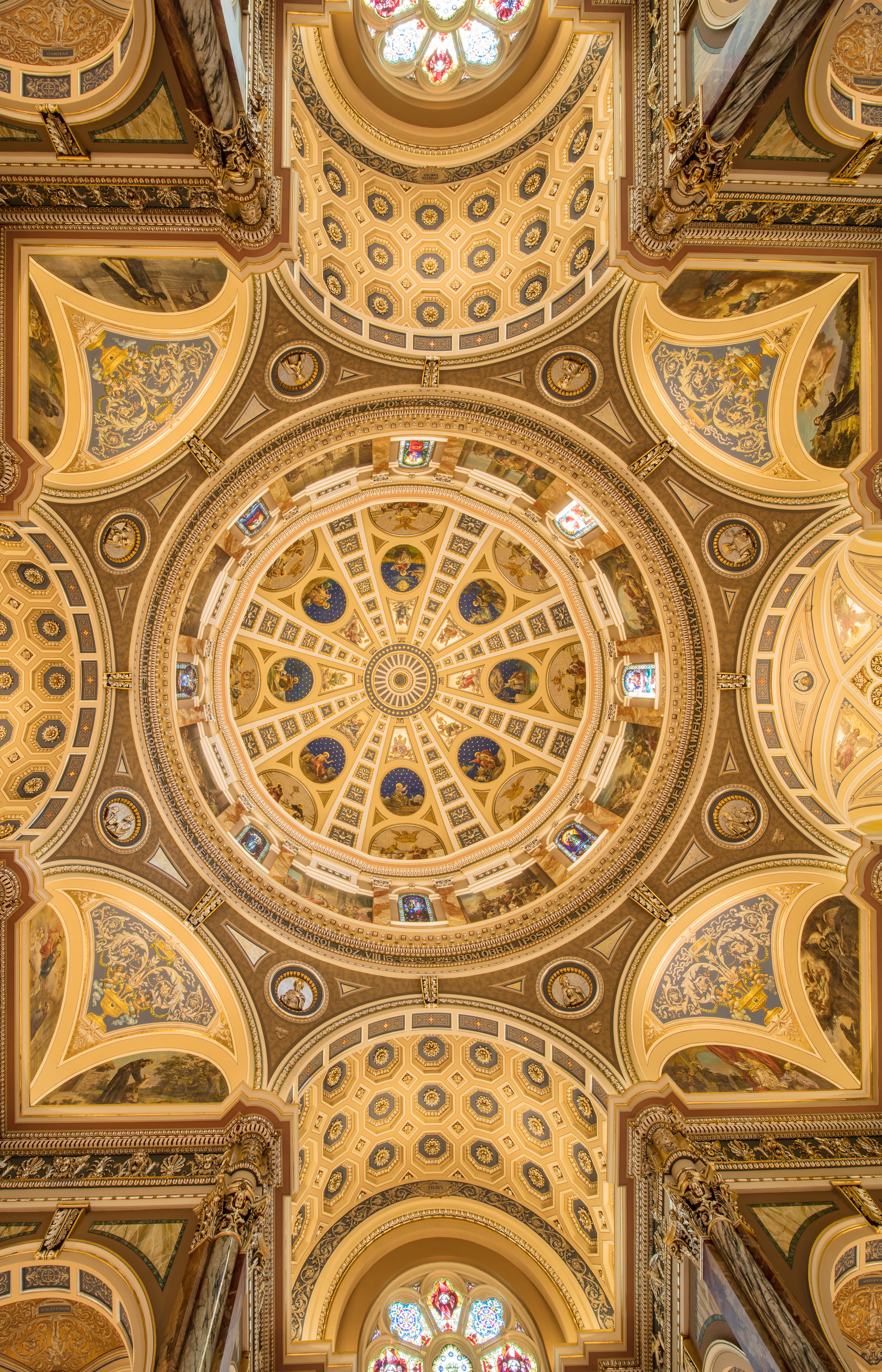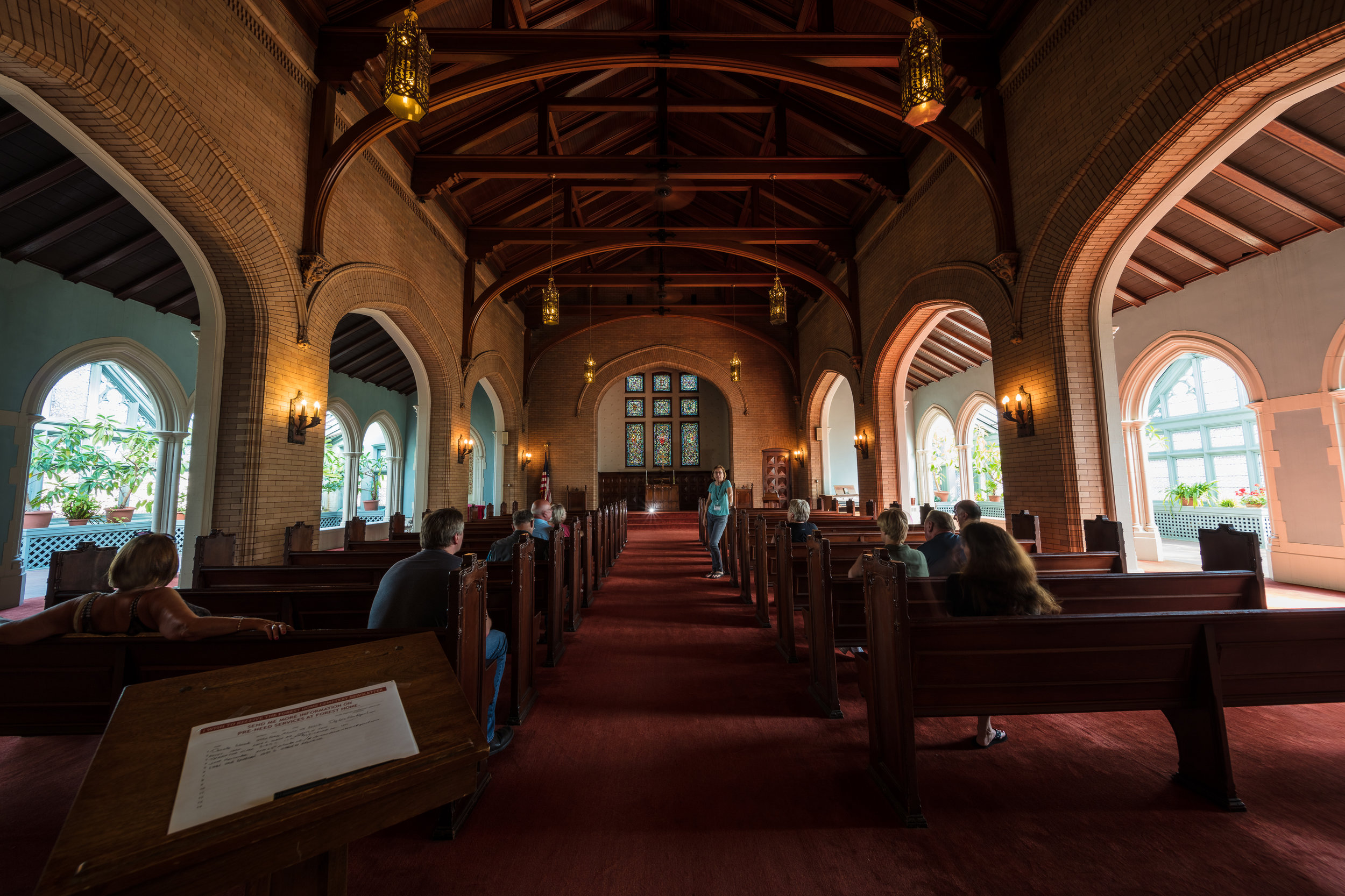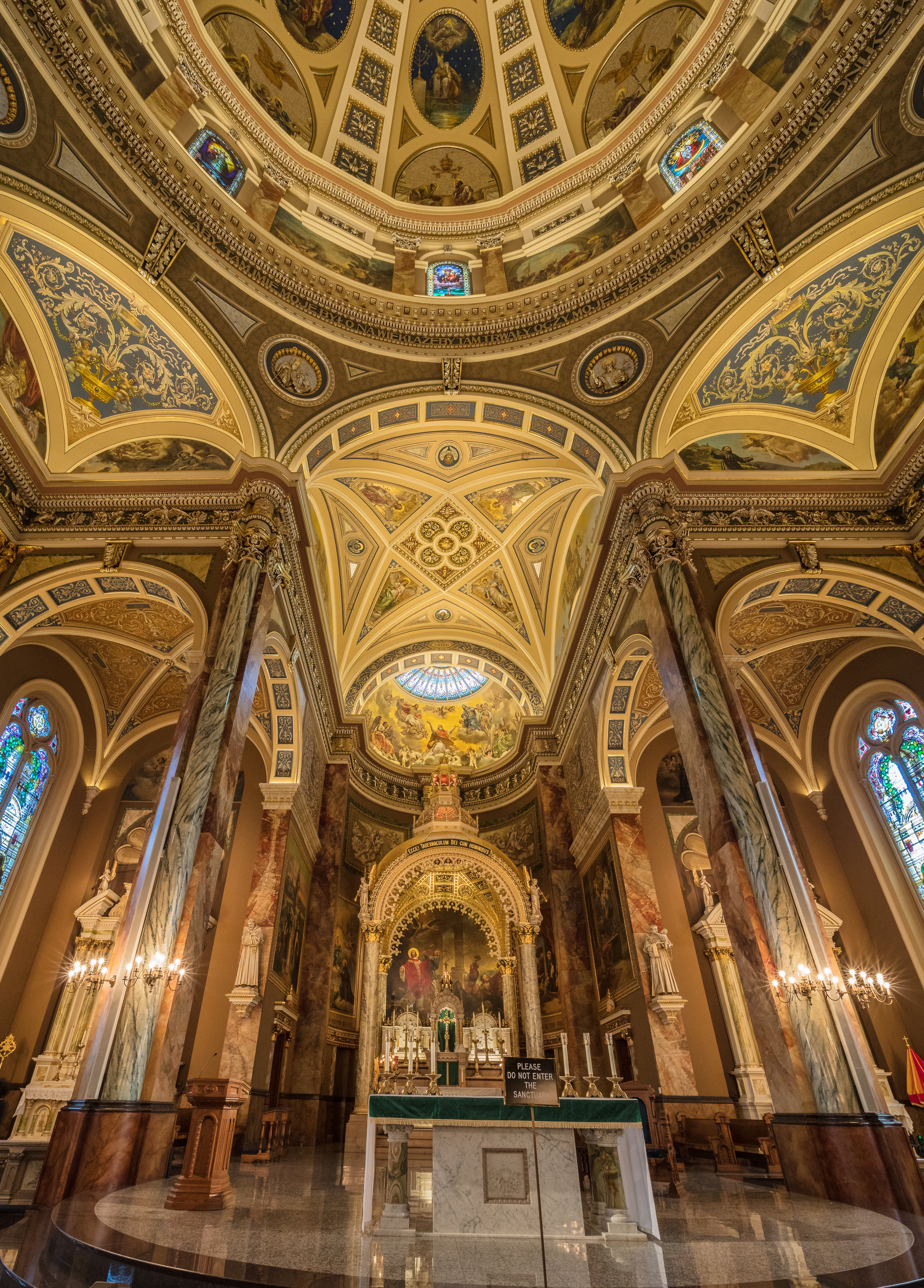Last week I met a friend for dinner at the Mills Park Hotel in Yellow Springs, Ohio - excellent meal. After we took a ride over to see the holiday lights at the Historic Clifton Mill. Melissa had seen them before, but I've only seen pictures. It was a beautiful display.
The following is information directly from http://cliftonmill.com/
"The Historic Clifton Mill is one of the largest water-powered grist mills still in existence. The first mill at this site was built in 1802 by Owen Davis, a Revolutionary War soldier and frontiersman miller. The mill was built in this location to take advantage of the natural power of the concentrated water funneled into the gorge. Owen Davis and his son-in-law, General Benjamin Whiteman also built a saw mill and a distillery. Soon a village known as Davis Mills sprang up. The Little Miami River powered five other mills that were built within a mile of Historic Clifton Mill: a woolen mill, saw mill, paper mill, barrel mill and another grist mill. Historic Clifton Mill is the only one still standing.
The Legendary Lights of Clifton Mill was one of the nominees in USA TODAY’S 10 Best Readers’ Choice 2014 travel award contest!
For 28 years Clifton Mill has celebrated the Christmas season in a very special way. Our light display, featured in Midwest Living and Ohio Magazine, is one of the country’s finest with over 3.5 million lights illuminating the mill, the gorge, the riverbanks, trees and bridges. There is even a 100 foot “waterfall” of twinkling lights. The flip of one switch turns all the lights on at once transforming night into a fantastical winter wonderland which includes a Miniature Village, a Santa Claus Museum , a Toy Collection and a spectacular synchronized lights and music show that features the old Covered Bridge.
Every night until the night before Christmas Eve you can peek into Santa’s Workshop to see a live Santa at work and then, every 15 minutes or so, watch him check his list and go up the chimney to load his sleigh.
It takes 6 men most of 3 months to put up the display. The old covered bridge is a spectacular addition to The Legendary Lights of Historic Clifton Mill. The bridge, its windows, roof, sides and bottom are covered in lights of various colors as are pseudo trees which flank the bridge. Every hour, on the hour, all 4 million lights at Historic Clifton Mill go out leaving guests in total darkness. As a hush falls over the spectators, orchestral music softly begins to play a medley of traditional Christmas songs and some of the lights on the covered bridge begin to twinkle on and then off again. As the music builds and builds, more and more lights on the covered bridge blink off and on in time to the music, lights on the pseudo trees swirl around and change color in a way that seems impossible. By the end of the song, the music is booming through Clifton Gorge, the lights on the covered bridge have become mesmerizing and everyone watching is completely enthralled. Then the music ends and the bridge lights all go out, once again leaving guests in total darkness. Then, before most spectators can catch their breath, 4 million lights come on again all at once!"
